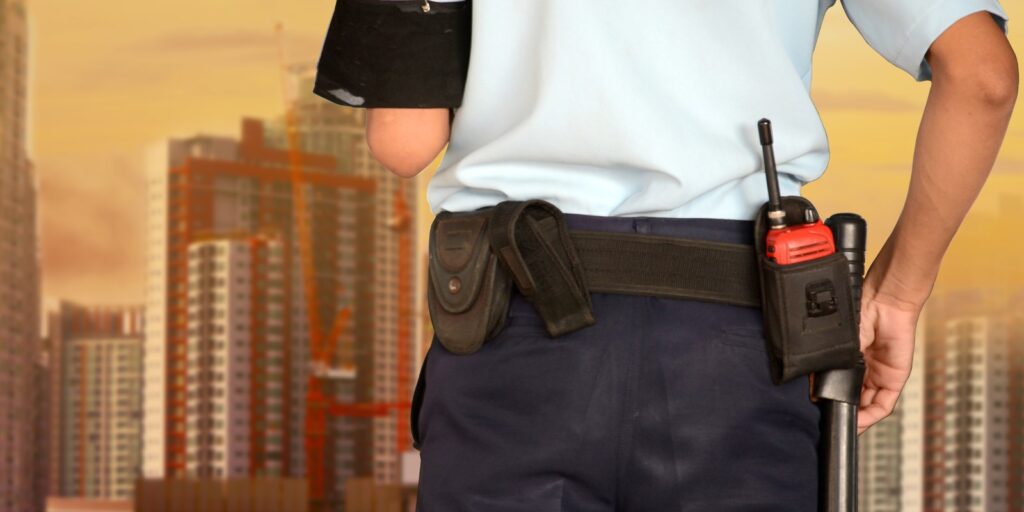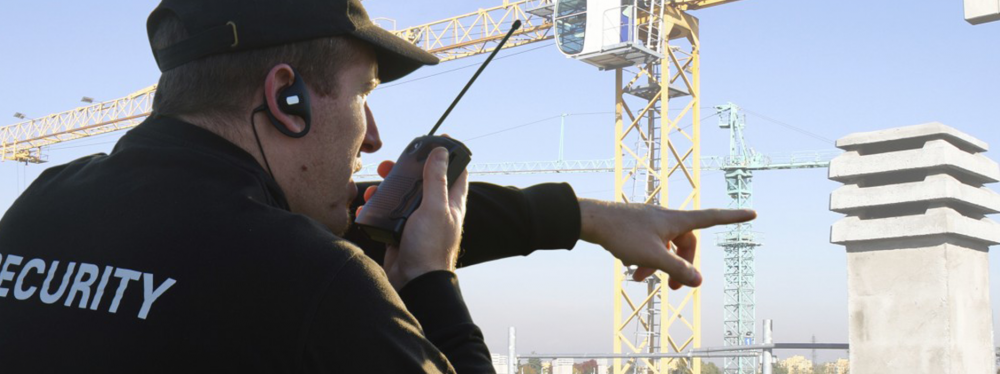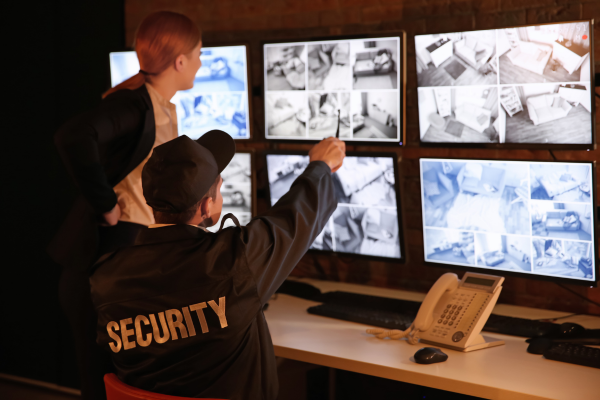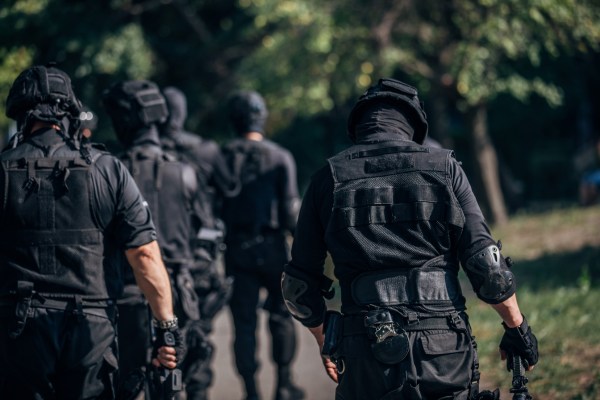Self-defense is not a mere skill, but a necessary practice of guaranteeing personal safety and confidence in today’s life. It can be walking home late at night alone, it could be in areas that are unknown to one or just in the midst of the crowd in the roads and streets. These are things that could happen at any time. Knowledge of simple self-defense can help any person to be ready to defend, to prevent any harm, and to act fast in dangerous cases.
In this blog, we will discuss the necessary steps of learning basic self-defense moves that everyone can do. You will also find methods that do not need any special training so this guide can be used by anyone regardless of their level of fitness. You can learn the basic rules of self-defense, become confident and be ready for any situation.

Situational Awareness
Effective self-defense starts a lot earlier than the physical technique needs to take place. Your situational awareness is the capacity to notice and evaluate your environment in order to identify a possible threat.
Being aware is the first step, in strange areas or in crowds. Be aware of exits, dark locations, or suspicious persons. Following your gut is the most important, if it does not feel right then it probably is not. An example is to not be distracted when walking with your phone in your hand all the time. Staying focused will enable you to detect danger beforehand and come up with appropriate decisions to eliminate confrontations.
Basic Defensive Stance
Any move in self defense should start with a strong defensive position. It makes sure that you are well balanced, steady and can act when necessary.
In order to have a correct position, you should begin with your feet, which should be shoulder-width apart. To maintain stability, leave one foot slightly in front of the other. Keep your weight light and nimble by bending your knees slightly. Bring your hands up to chest level and turn your palms outward as a sign that you are not interested in trouble and it also covers your upper body.
This is a defensive position, which provides you with balance and the ability to respond fast to a threat. The placement of the body also conveys the message of being ready and this might make the assailant halt his advance towards you.
Blocking Techniques
The art of blocking is essential in protecting against an oncoming punch, strike or attack. These methods can help you to defend the weak spots like your head, chest, or stomach.
The trick to successful blocks is quickness of feet. As an illustration, when a punch is thrown at your face, you should lift your forearm to cover your face in a jiffy. Make sure you have a 90 degree angle with your elbow bent to cushion the fall. In the same way, when struck low, block with your knee or arm and remain in position.
Blocking does not only avoid injury but it leaves an opening to launch a counter attack or to escape. Simple blocks against prevalent threats may be a good primary defense mechanism.
Strikes
When you have to defend yourself, striking is crucial in disengaging an attacker. Three most simple and effective strikes anyone can use are palm strikes, hammer fists, and elbow strikes.
- Palm strikes aim at striking with the heel of your palm, aiming at the face or jaw. This punch does not hurt your knuckles and creates a lot of power.
- For fist strike, keep your hand in a fist, strike downward like a hammer towards sensitive parts like the collarbone or nose.
- Since the elbow is very strong and powerful. For elbow strike, strike upward or sideways to hit the jaw, chest or temple.
These strikes are easy to perform, efficient, and do not need a lot of strength which makes them perfect in any defensive situation.
Kicks
Defensive kicks, when distance permits, may be an effective deterrent and put some distance between you and an attacker.
- In front kicks, forward snap your foot with the kidney or stomach as the target.
- For side kicks, Wwth the side of your foot you can attack the knee or side of an opponent. This step is good to incapacitate balance.
- You can use knee strikes shen an assailant is in close distance, thrust your knee up into the lower body area. This technique is very effective.
Kicks enable you to use your body weight and lower body strength to deliver powerful blows to an incapacitate an attacker.
Escape Techniques
Getting out of a hold or grab is essential in case of physical restriction.
- In case of being held by the wrist, make a quick rotation of the arm towards the thumb of the attacker as you pull away powerfully. This loosens the hold with ease.
- When seized behind, kick the assailant hard on the foot, and with the elbow hit back sharply. Followed by twisting out of their grasp and placing distance.
Drill these escapes so that when that happens, you would be cool and calculating.
De-escalation Strategies
A lot of incidents never get physical because of great verbal skills. De-escalation strategies imply the application of assertive and calm verbalizations that neutralize aggressions.
Keep your tone even and firm and separate yourself with the person. Keep away directly challenging or insulting. Statements such as I do not want trouble or please I am leaving now have been found to relieve tension. The ability to walk away sometimes diffuses a situation before it gets physical.
Self Defense Tools
When legal, some tools may offer another level of safety. Pepper sprays or personal alarms or even flashlights provide greater security and are portable.
- Pepper spray will allow you time to escape. Familiarize yourself with operating the device in haste.
- Personal alarms produce high decibel sounds to attract attention and intimidate the attackers.
- Flashlights are perfect in the evening, flashlights momentarily blind and confuse an attacker.
Practice and Training
Repetition is the key to learning the basics. Practice often to make the techniques instinctive when an emergency occurs. Enrolling in professional training courses or self-defense lessons will allow getting practice under the supervision of an expert.
Moreover, activities such as martial arts, boxing or Krav Maga will not only enhance your technique, but will also toughen both your body and mind to operate in stressful conditions.

Conclusion
Personal safety is a duty and a process of empowerment. With situational awareness, knowledge of major attacks such as blocks and strikes, and the strategic use of tools, risks can be minimized. Although it is good to know physical defense, practice and being active concerning safety is most significant.
Arm yourself with these basic self-defense techniques to walk tall and safe. To take it to the next level, or receive one-on-one instruction, look into professional self-defense programs to help take your training to the next level.
FAQs
What is the duration of learning self-defense?
It can only take a few weeks to learn the basic techniques with practice. Proficient skills normally need formal instruction in a few months.
Self-defense tools, are they legal?
Legislation differs depending on the area. Always confirm local laws on carrying some items such as pepper sprays or personal alarms.
Which self-defense courses would you suggest?
Krav Maga, martial arts or female-centered self-defense tactics programs are strongly encouraged. Seek certified trainers.


